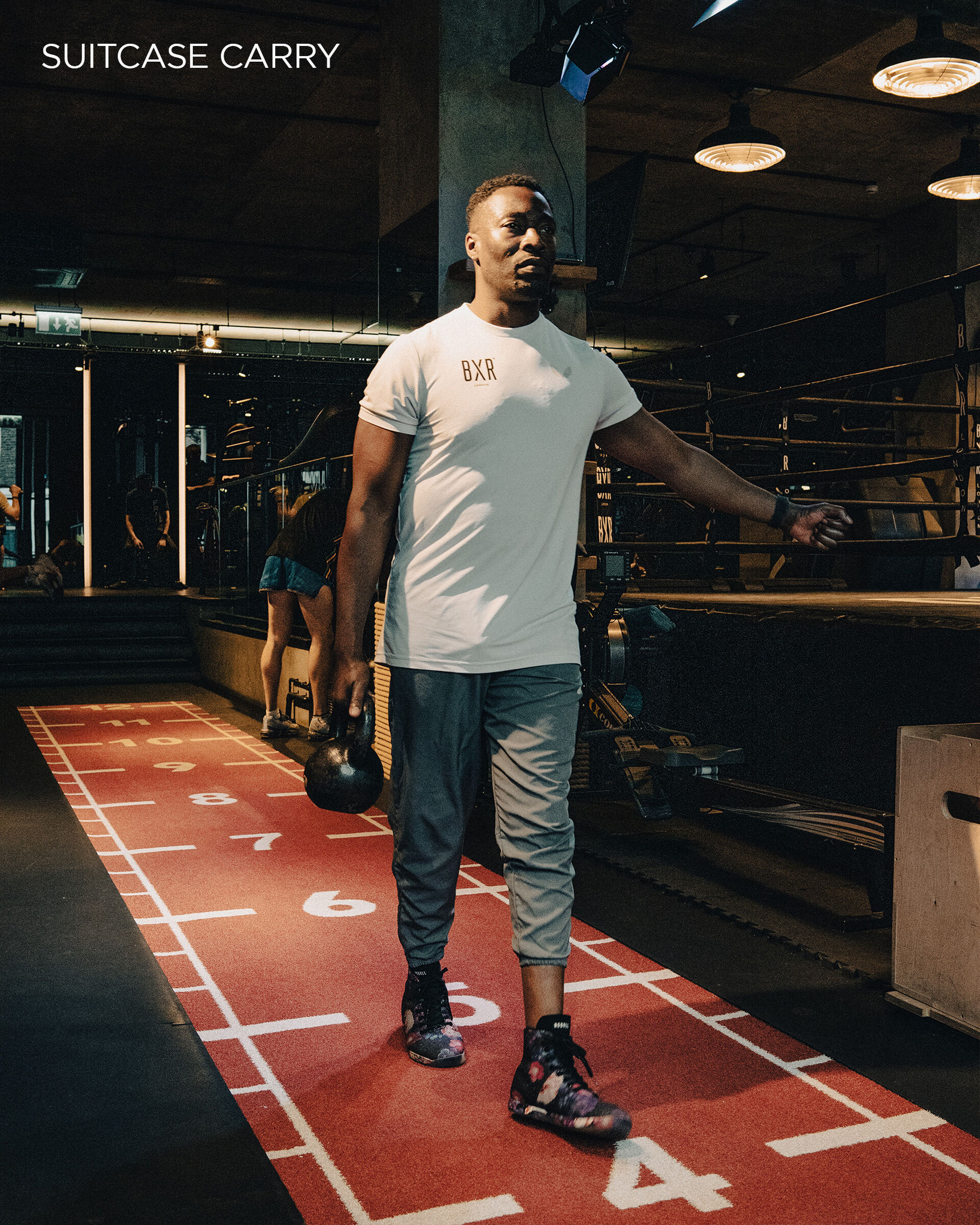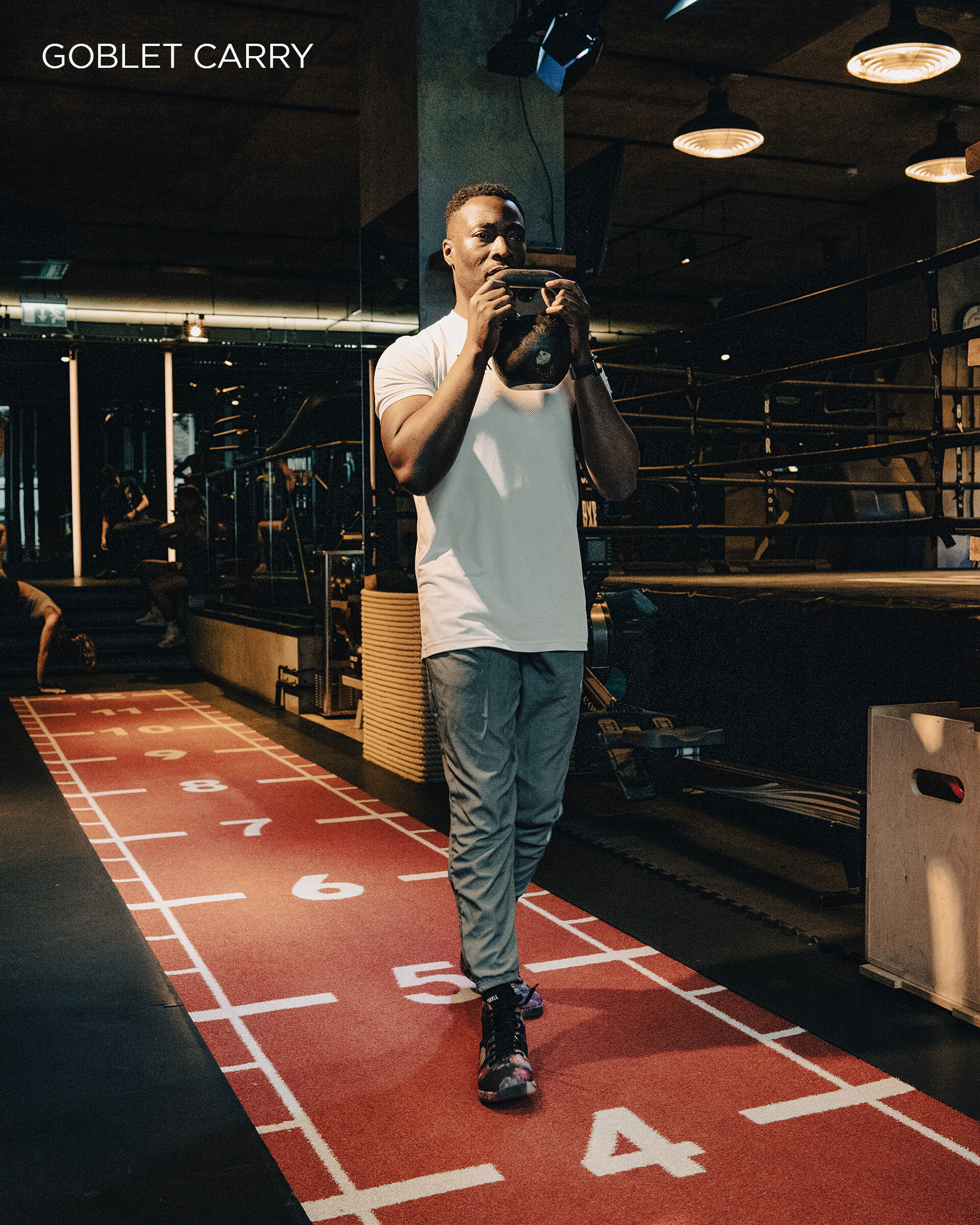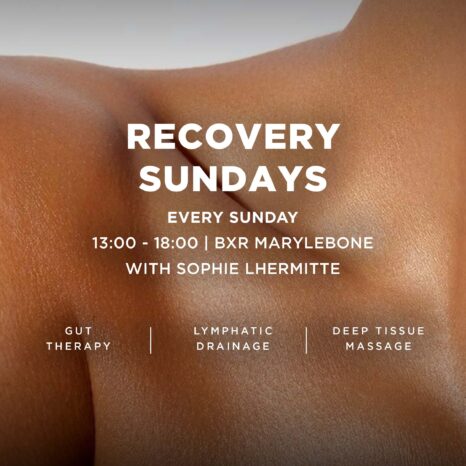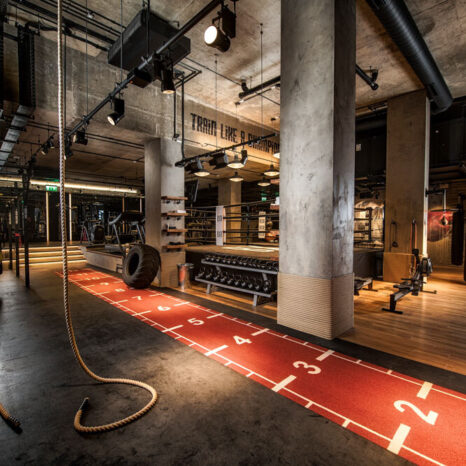Ask the average gym goer what core exercise they would include in their workout without fail, it is guaranteed loaded carries, wouldn’t be in their top 2 or even top 3 choices. Why this is the case isn’t important, but what is important is why you should be including these effective exercises to your training protocol today. For these who are unsure, a loaded carry exercise is when you load yourself with a weighted object (kettlebell, dumbbell, or even a barbell) and walk for a desired distance or time. Best known exercise variations include Suitcase Carry and Farmer’s walk.

To understand the superiority of loaded carries in comparison to conventional core exercises (for instance, crunches or sit up), the basic knowledge of what are the core muscles, and their functions are required. In truth, our core is a broad term that stretches beyond the familiar six pack abs, or as it is anatomically known as the rectus abdominis. A more accurate definition will include all the muscles of the body between the shoulder blades (shoulder girdle) and hips. The core muscles include:
- rectus abdominis (abdominal muscle)
- transversus abdominis (abdominal muscle)
- multifidus muscles (back muscles)
- internal and external obliques (abdominal muscles)
- quadratus lumborum (a low back muscle)
- spinal erectors (back muscles)
- and to some extent the gluteal, hamstring, and hip rotator groups (which cross the hip joint).

Now looking at the function of the core muscles. They are used both for stabilisation of spinal column, and have a vital link between upper body, and lower body strength to produce, control, and transfer force during movement particularly physical activity. So, to train the core muscles, in a safe and effectively manner, we need to scrap training the core via flexion (bringing the shoulders toward the hips as in a crunch or sit-up, or the hips to the shoulders as in a knee-up or reverse crunch), and favour exercises that challenge the core muscles as nature intended, thus loaded carries. The benefits are expansive, if your goal is to become stronger, build/maintain muscle, injury prevention, rehab an injury, or even build work capacity. They also reign superior over conventional core exercises as they test strength and stability of the hips, and shoulders. Loaded carries benefits are transferable to everyday life, “think about carrying your food shopping, or a parcel into your apartment, or even carrying your child to bed” “can you see the similarity”?
Also, in a sporting capacity it is undeniable a more stable platform from which to strike or throw an object or having the strength while running to your keep torso upright and reduce wobbling thus expanding less energy, are key when competing. All of these are important benefits gained from training via the loaded carries. Again, think about the grip strength required - these benefits are totally transferable to everyday life, and sport.
Now we have established what loaded carries are, and indeed why we should be doing them, let us learn how to do them in a safe and effective manner.
All loaded carries variations work on the same principal, of maintaining a good starting position, and keeping full body tension while executing the carry. This is done by maintaining a neutral posture, with keeping tension at the core and torque at the shoulders and hips. Check out my 101 to proper and save setup….
- Pick up the weight
- Place your shoulders, rib cage, and hips in alignment. They should be stacked over each other
- Brace your core.
- Take slow and small steps so that your feet stay underneath you and maintain alignment.
- Walk the desired distance, time, etc.
- Repeat.

Here we give an example on how you can implement these into your training protocol based on a fitness or Strength specific output:
Strength
- Load RPE (10)
- Work Duration 30s
- Rest 30-45s
- Sets 3-5
Fitness
- Load RPE (7)
- Work Duration 45-75s
- Rest 30-45s
- 3-5




